What Is a Communication Network
There is always a network around us, such as telephone networks, telegraph networks, television networks, computer networks, etc.; even within our bodies, there are many network systems, such as the nervous system and the digestive system. The most typical representative is the computer network, which is a combination of computer technology and communication technology.
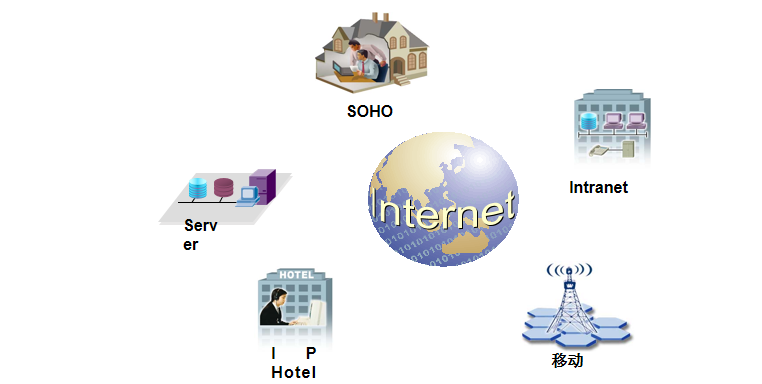
Evolution of Computer Networks
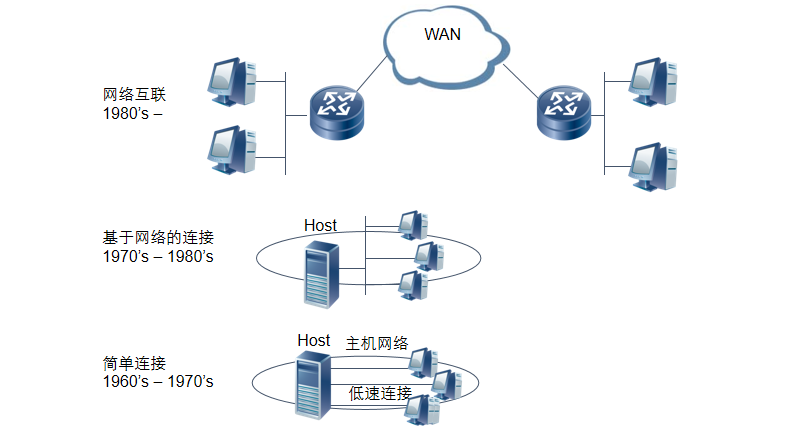
Main Characteristics of Computer Networks
-
Resource Sharing -
Information Transmission and Centralized Processing
-
Load Balancing and Distributed Processing -
Comprehensive Information Services
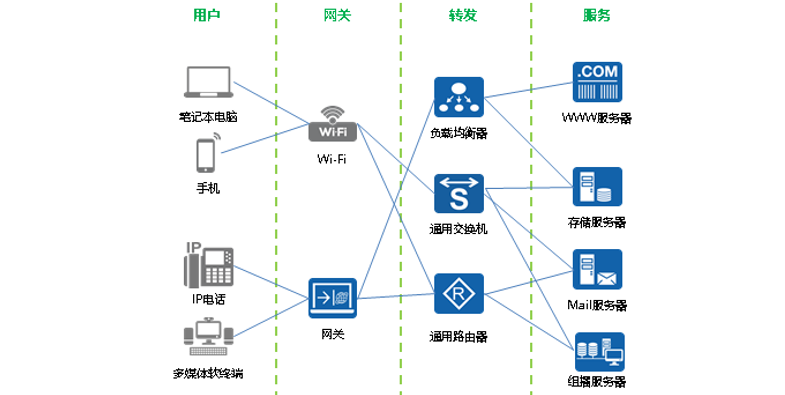
Definitions of LAN, MAN, and WAN
LAN (Local Area Network)
Usually refers to a collection of computers, printers, modems, or other devices that can interconnect within a few kilometers using some medium.
Common Network Topologies
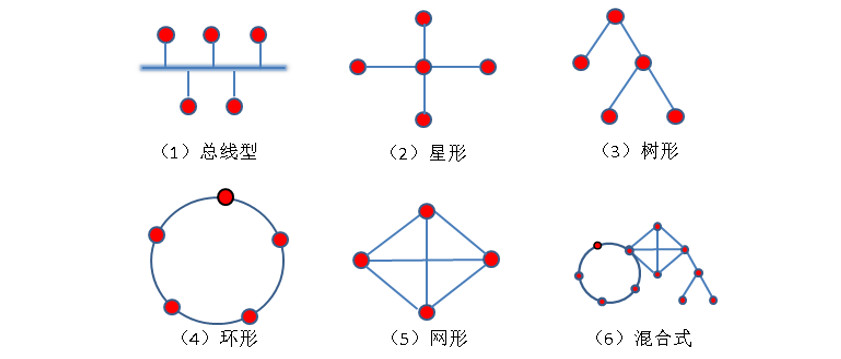
Circuit Switching and Packet Switching
-
Advantages: Low latency, transparent transmission -
Disadvantages: Fixed bandwidth, low network resource utilization, slow initial connection establishment
-
Advantages: Multiplexing, high network resource utilization -
Disadvantages: High latency, poor real-time performance, complex device functions
Performance Standards of Computer Networks
Bandwidth
Describes the amount of data that can be transmitted from one node to another within a certain time frame, usually measured in bps, for example, Ethernet bandwidth is 10Mbps, Fast Ethernet is 100Mbps.
Delay
Protocols and Standards
What Is a Network Protocol?
-
A network protocol is a set of formats and agreements established in advance for enabling different devices in a network to communicate data.
-
A network protocol is a normative description of a series of rules and agreements that defines how network devices exchange information.
Data communication standards are divided into two categories: de facto and de jure
-
De Facto Standards: Standards that are widely used and accepted in practice without recognition by an organization.
-
De Jure Standards: Standards established by recognized organizations.
Standardization Organizations
-
International Organization for Standardization (ISO)
-
Institute of Electrical and Electronics Engineers (IEEE)
-
American National Standards Institute (ANSI)
-
Electronic Industries Alliance (EIA / TIA)
-
International Telecommunication Union (ITU)
-
Internet Engineering Task Force (IETF)
-
Internet Research Task Force (IRTF)
-
Internet Assigned Numbers Authority (IANA)
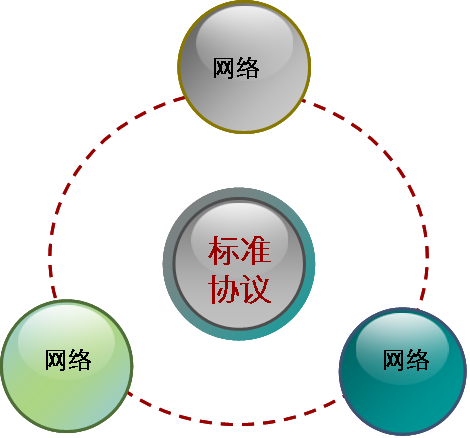
OSI RM: Open Systems Interconnection Reference Model
The OSI reference model has the following advantages:
-
Simplifies related network operations.
-
Provides compatibility and standard interfaces between devices.
-
Promotes standardization efforts.
-
Structurally separable.
-
Easy to implement and maintain.

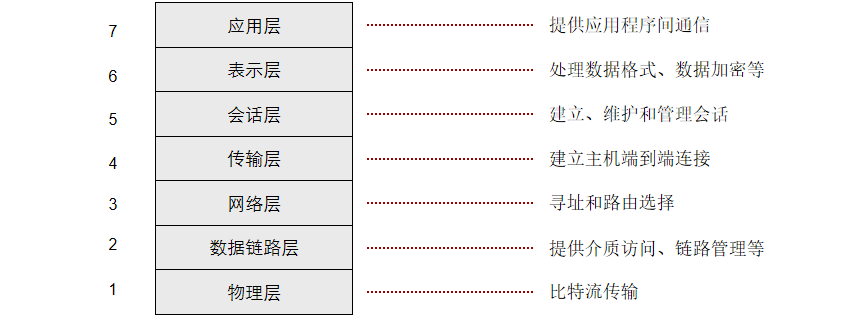
Overview of TCP/IP Protocol Stack
TCP/IP originated from a packet-switched network research project funded by the US government in the late 1960s and developed into the most commonly used networking form between computers by the 1990s. TCP/IP is a truly open system, as its protocol suite definitions and various implementations can be obtained publicly for free or at a low cost. TCP/IP is the foundation of the “Global Internet” or “Internet”.
Like the OSI reference model, the TCP/IP peer model is also divided into different layers, each responsible for different communication functions. The five-layer peer model is a synthesis of the OSI and TCP/IP models.
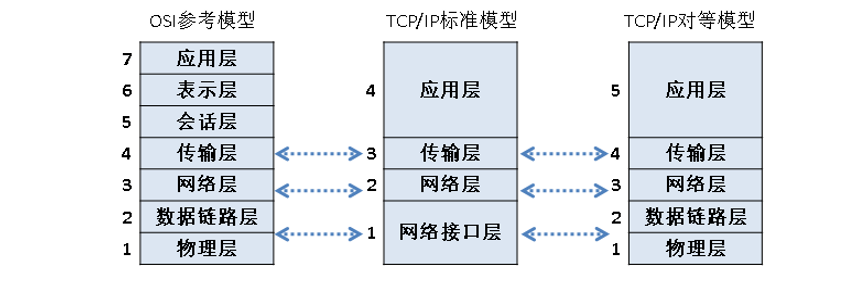
TCP/IP Protocol Stack
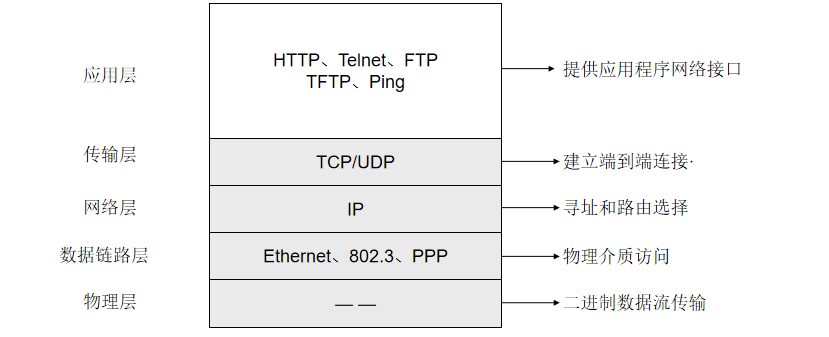
Physical Layer Functions

Physical Layer Media and Devices
Data Link Layer Functions
Data Link Layer Protocols
 Data link layer devices: Ethernet switches
Data link layer devices: Ethernet switchesNetwork Layer Functions and Devices

-
Addressing: The network layer assigns identifiers to each node, which is the network address. Address assignment also provides the basis for path selection from source to destination. -
Routing: A key role of the network layer is to determine how to select routes for data transmission from source to destination. After calculating the routes, network layer devices forward data packets according to the routing information. Devices performing routing at the network layer are called routers. -
Congestion Management: If too many data packets are transmitted simultaneously, congestion may occur, leading to data loss or delay. The network layer is also responsible for controlling congestion on the network. -
Interconnection of Heterogeneous Networks: Communication links and media types are diverse, each with its specific communication regulations. The network layer must be able to operate across various links and media types to provide communication services across multiple segments.
Network Layer Protocols

Transport Layer Functions
-
Segmentation of upper layer data -
Establishing end-to-end connections
-
Transmitting data from one host to another -
Ensuring data is transmitted in order, reliably, and correctly
-
Segmenting the data sent from the application layer to the network layer or merging the data segments sent from the network layer to the application layer. -
Establishing end-to-end connections, mainly establishing logical connections to transmit data streams.
-
Transmitting data segments from one host to another. During transmission, it ensures data correctness through checksum calculations and flow control to avoid buffer overflow. -
Some transport layer protocols ensure data transmission correctness. This primarily ensures that the same data is neither transmitted multiple times nor lost during transmission. It also ensures that the order of received packets matches the order of sent packets.
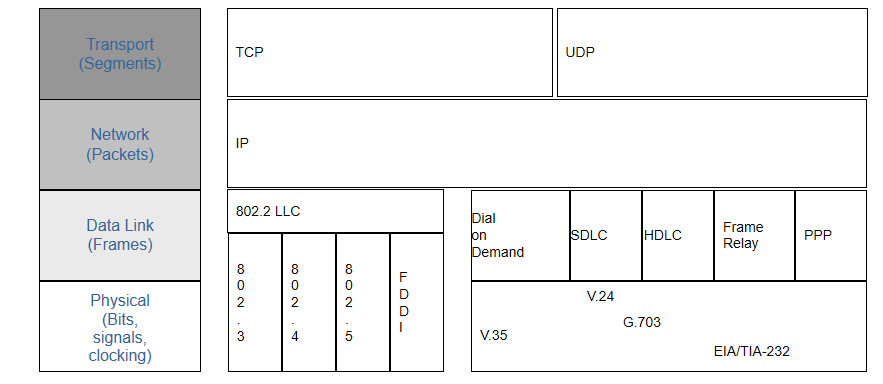
Comparison of Main Transport Layer Protocols

Application Layer Functions
-
Providing interfaces for users, processing specific applications -
Data encryption, decryption, compression, and decompression
-
Defining standards for data representation
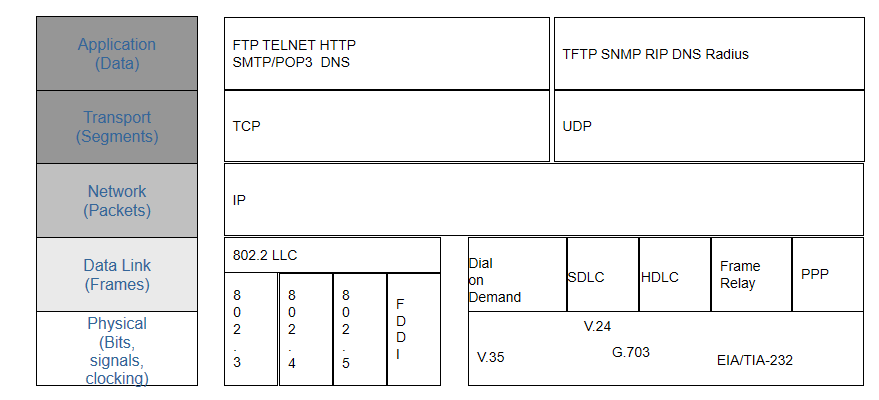
Reviewed by: Zhao Lixin
